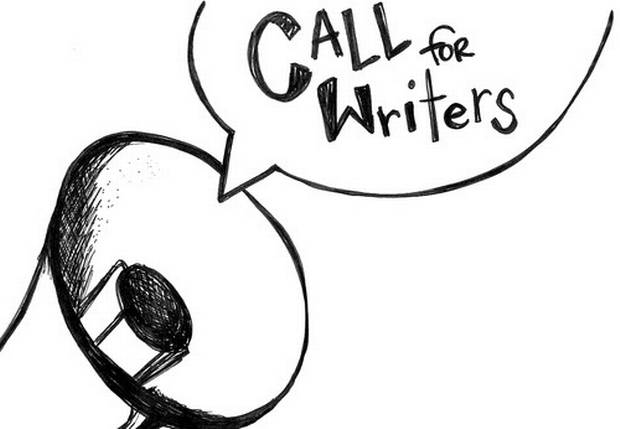This guest post by Elissa Washuta originally appeared at Racialicious and on her Tumblr. It previously appeared at Bitch Flicks is reposted here as part of our theme week on Indigenous Women. It is cross-posted with permission.
The body of 15-year-old Tina Fontaine, a member of Sagkeeng First Nation, was pulled from the Red River in Winnipeg on Aug. 17. Her murder has brought about an important conversation about the widespread violence against First Nations women and the Canadian government’s lack of concern.
In her August 20th Globe and Mail commentary, Dr. Sarah Hunt of the Kwagiulth band of the Kwakwaka’wakw First Nation wrote about the limited success of government inquiries and her concerns about other measures taken in reaction to acts of violence already committed, such as the establishment of DNA databases for missing persons. Dr. Hunt writes:
“Surely tracking indigenous girls’ DNA so they can be identified after they die is not the starting point for justice. Indigenous women want to matter before we go missing. We want our lives to matter as much as our deaths; our stake in the present political struggle for indigenous resurgence is as vital as the future.”
Violence against Indigenous women is not, of course, happening only in Canada. In the U.S., for example, the Justice Department reports that one in three American Indian women have been raped or experienced an attempted rape, and the rate of sexual assault against American Indian women is more than twice the national average. This violence is not taking place only in Indian Country.
In the Globe and Mail on August 22nd, Elizabeth Renzetti wrote about three recent murders of First Nations women.
“What unites these three cases is that the victims – Tina Fontaine, Samantha Paul and Loretta Saunders – were all aboriginal women. What else unites them, besides the abysmal circumstances of their deaths? What economic, cultural, historical or social factors? Anything? Nothing?”
I can’t answer that, but I know that all of these women — and every other Indigenous woman in Canada and the U.S. — lives in a society that includes images of violence against Indigenous women in its entertainment products. Over and over, violence against Indigenous women is made to titillate, built into narratives along with action, suspense, swashbuckling, and romance. Indigenous women become exotic props, and when we are identified with these dehumanized caricatures, it becomes easier to treat us inhumanely.
Take as an example Disney’s Pocahontas. Released in 1995, the cartoon feature has replaced the historical figure’s life story in the minds of many Americans. Much has been made of Disney’s exotification of Pocahontas. John Smith is only compelled to put down his gun because of her beauty. Pocahontas is imbued with animal qualities throughout the film as she scuttles, bounds, swims, creeps, and dives. This reinforces a long-held conception of Native peoples as being “close to nature” at best, “more animal than human” at worst — and the latter is a view that makes us easier to abuse.
The recent depiction of Emily (a Makah woman) in the Twilight series offers viewers a direct representation of violence in a fictional Native community. Emily’s broad, visible facial scar is said to be the result of her partner Sam’s (a Quileute man/werewolf) outburst of rage: he was a younger werewolf, with difficulty controlling his “phasing” from human to wolf, he became angry, and she was standing too close. The presentation of this story is problematic in its shrugging absolution of Sam of his responsibility in maiming Emily, and the aftermath is heartbreaking: in the more detailed version of the story presented in the Twilight books, after Sam mauls Emily, she not only takes him back, but convinces him to forgive himself. This sends the message that an episode of violence can and should be overlooked for the sake of romance. Emily, a Native woman, becomes expendable. Her safety is of little concern; the fact that Sam has “imprinted” on her, cementing his attachment, is more important than the reality of recidivism.
In a Globe and Mail editorial, “How to Stop an Epidemic of Native Deaths,” the author brings up the many social factors at work in the epidemic of violence against Native women. I bring up the problematic and pervasive imagery above not because I think it is the most problematic issue, but because it is what I know, and because we can start solving it with our individual actions. We don’t need to call Native women “squaws” and joke that they were “hookers” when forced into prostitution, as Drunk History did last year. We can make better choices than “naughty Native” costumes on Halloween. We have the freedom to choose the representations we make in the world, and when we perpetuate damaging stereotypes of Indigenous women as rapeable, we are using our autonomy to disempower others.
Karen Warren wrote in “A feminist philosophical perspective on ecofeminist spiritualities”:
“Dysfunctional systems are often maintained through systematic denial, a failure or inability to see the reality of a situation. This denial need not be conscious, intentional, or malicious; it only needs to be pervasive to be effective.”
I’m tired of hearing that these images aren’t harmful. I’d rather see how much they’re missed when they’re gone than continue to listen to the insistence that the image of Pocahontas at the end of a gun barrel is wholesome while, every day, more and more Indigenous women die while we are told that this is not a phenomenon, not a problem, nothing more than crime.
Elissa Washuta is an adviser in the Department of American Indian Studies at the University of Washington and a faculty mentor in the MFA program in creative writing at the Institute of American Indian Arts. Her first book, a memoir called My Body Is a Book of Rules, was recently published by Red Hen Press.







